I have Nikon D40 with standard lens i.e 18-55, I want to pictures with deep blurred background, I have try selecting Aperture Priority mode & open the aperture to its maximum limit but, it gives me soft blurred background, whereas I want deep blurred background, how could I do this
Navigation
Install the app
How to install the app on iOS
Follow along with the video below to see how to install our site as a web app on your home screen.

Note: This feature currently requires accessing the site using the built-in Safari browser.
More options
You are using an out of date browser. It may not display this or other websites correctly.
You should upgrade or use an alternative browser.
You should upgrade or use an alternative browser.
Nikon D40 18-55 Kit
- Thread starter ashakeel
- Start date
bluetibby1
TPF Noob!
- Joined
- Oct 21, 2010
- Messages
- 388
- Reaction score
- 2
- Location
- Haslet, TX
- Can others edit my Photos
- Photos OK to edit
Get a fastest lens with a wider aperture ie. the 50mm 1.8 for about a 100 dollars on amazon. I just got it for Christmas and I love it. Only thing is you cannot af with the d40 because there is not focus motor in the body nor the lens. Hope this helps.
Blue
Blue
Web search "bokeh"
In photography, the term bokeh represents the quality of the magical out-of-focus blur that makes it look like the subject is isolated from the background. It is visually appealing for us to see a photograph with a soft, creamy and beautiful background. It helps concentrate our eyes on a single area and creates a sense of depth and dimension on an otherwise flat-looking image.
Let me share a few tips on how you could obtain maximum bokeh from your camera setup.
1) Use a large aperture
Bokeh is not created by the camera – it is your lens and its optics that are responsible for rendering the out-of-focus areas. Therefore, the first thing you should do is set your lens aperture to its lowest value, also known as “maximum aperture”. You can do this by changing your camera mode to “Aperture Priority” and setting the “f” number to the lowest value your camera will permit. On Nikon DSLR cameras, this is typically done by rotating the front dial towards the left (counter-clockwise).
What is the effect of lowering the lens aperture? It basically decreases the depth of field (which is the area that appears sharp relative to the background) to a very small or “shallow” area.
2) Minimize the distance between yourself and the subject
The closer you stand to your subject, the blurrier the background will get. This happens because when an object is very close, the lens will focus closer and the depth of field will be the smallest. It works the same way with our eyes – try to extend your index finger close to an object two feet away from you, then focus your eyes on your finger and start moving it towards your eyes. You will notice that as you get closer to your eyes, the object behind your finger will get blurrier and blurrier every time. Lenses work exactly the same way, which is why subject distance plays a big role in rendering of the bokeh.
3) Increase the distance between your subject and the background
If the subject you are photographing is very close to a busy background, the bokeh will definitely suffer. Remember, depth of field is not just a hard line after which everything is supposed to be completely out of focus – it gradually transforms from sharp to out of focus, as can be clearly seen in the below image. Therefore, in order to get a pleasant-looking bokeh, you should try to put your subject away from close background objects. For example, if you are taking a portrait of a girl that is standing very close to a tree branch with leaves, those leaves might not look completely out of focus. If the girl moved closer to you and thus increased the distance between herself and the tree branch, the leaves would look more “out-of-focus”.

As you can see in the above image, the nearest leaves on the tree look sharp and in focus, while the ones a little behind on the left-hand side look somewhat blurry. In comparison, the leaves from the other trees further away look completely out of focus.
4) Use longer focal lengths
Given that the distance between the camera and the subject remains the same, increasing the focal length of the lens decreases the depth of field. So, if you have a zoom lens, you should zoom in to the maximum focal length your lens allows to separate the subject from the background even more. This also means that if you zoom out and use the lens at its shortest focal length, the depth of field will increase, which is desirable for landscape and architectural photography.
For example, if you have a 70-300mm zoom lens, shooting at 300mm focal length will isolate the subject the most (which is what you want for the best-looking bokeh), while shooting at 70mm will bring more objects in the background to focus.
5) Use a long lens
Since increasing the focal length means decreasing the depth of field, the longer your lens is, the better the bokeh you will get. This is not necessarily always true, because the rendering of out-of-focus areas also heavily depends on the optics of the lens. For example, both Nikon 18-200mm and Nikon 70-200mm have the same long focal lengths (200mm). However, the Nikon 70-200mm has much better optics than the 18-200, which is why it has exceptionally beautiful bokeh when compared to the 18-200 bokeh. So, when I say “use a long lens”, I mean “use a high quality quality long lens”
6) Use a fast lens
And last, but not least, use the fastest lens you have, since aperture impacts the depth of field. The best lenses for beautiful bokeh are portrait lenses such as Nikon 50mm f/1.4, Nikon 85mm f/1.4 and Nikon 70-200mm f/2.8 that have large maximum apertures and highly optimized optics for portraiture. The cheaper alternatives such as Nikon 50mm f/1.8 and Nikon 85mm f/1.8 also produce great bokeh.
How to Obtain Maximum Bokeh
In photography, the term bokeh represents the quality of the magical out-of-focus blur that makes it look like the subject is isolated from the background. It is visually appealing for us to see a photograph with a soft, creamy and beautiful background. It helps concentrate our eyes on a single area and creates a sense of depth and dimension on an otherwise flat-looking image.
Let me share a few tips on how you could obtain maximum bokeh from your camera setup.
1) Use a large aperture
Bokeh is not created by the camera – it is your lens and its optics that are responsible for rendering the out-of-focus areas. Therefore, the first thing you should do is set your lens aperture to its lowest value, also known as “maximum aperture”. You can do this by changing your camera mode to “Aperture Priority” and setting the “f” number to the lowest value your camera will permit. On Nikon DSLR cameras, this is typically done by rotating the front dial towards the left (counter-clockwise).
What is the effect of lowering the lens aperture? It basically decreases the depth of field (which is the area that appears sharp relative to the background) to a very small or “shallow” area.
2) Minimize the distance between yourself and the subject
The closer you stand to your subject, the blurrier the background will get. This happens because when an object is very close, the lens will focus closer and the depth of field will be the smallest. It works the same way with our eyes – try to extend your index finger close to an object two feet away from you, then focus your eyes on your finger and start moving it towards your eyes. You will notice that as you get closer to your eyes, the object behind your finger will get blurrier and blurrier every time. Lenses work exactly the same way, which is why subject distance plays a big role in rendering of the bokeh.
3) Increase the distance between your subject and the background
If the subject you are photographing is very close to a busy background, the bokeh will definitely suffer. Remember, depth of field is not just a hard line after which everything is supposed to be completely out of focus – it gradually transforms from sharp to out of focus, as can be clearly seen in the below image. Therefore, in order to get a pleasant-looking bokeh, you should try to put your subject away from close background objects. For example, if you are taking a portrait of a girl that is standing very close to a tree branch with leaves, those leaves might not look completely out of focus. If the girl moved closer to you and thus increased the distance between herself and the tree branch, the leaves would look more “out-of-focus”.

As you can see in the above image, the nearest leaves on the tree look sharp and in focus, while the ones a little behind on the left-hand side look somewhat blurry. In comparison, the leaves from the other trees further away look completely out of focus.
4) Use longer focal lengths
Given that the distance between the camera and the subject remains the same, increasing the focal length of the lens decreases the depth of field. So, if you have a zoom lens, you should zoom in to the maximum focal length your lens allows to separate the subject from the background even more. This also means that if you zoom out and use the lens at its shortest focal length, the depth of field will increase, which is desirable for landscape and architectural photography.
For example, if you have a 70-300mm zoom lens, shooting at 300mm focal length will isolate the subject the most (which is what you want for the best-looking bokeh), while shooting at 70mm will bring more objects in the background to focus.
5) Use a long lens
Since increasing the focal length means decreasing the depth of field, the longer your lens is, the better the bokeh you will get. This is not necessarily always true, because the rendering of out-of-focus areas also heavily depends on the optics of the lens. For example, both Nikon 18-200mm and Nikon 70-200mm have the same long focal lengths (200mm). However, the Nikon 70-200mm has much better optics than the 18-200, which is why it has exceptionally beautiful bokeh when compared to the 18-200 bokeh. So, when I say “use a long lens”, I mean “use a high quality quality long lens”
6) Use a fast lens
And last, but not least, use the fastest lens you have, since aperture impacts the depth of field. The best lenses for beautiful bokeh are portrait lenses such as Nikon 50mm f/1.4, Nikon 85mm f/1.4 and Nikon 70-200mm f/2.8 that have large maximum apertures and highly optimized optics for portraiture. The cheaper alternatives such as Nikon 50mm f/1.8 and Nikon 85mm f/1.8 also produce great bokeh.
How to Obtain Maximum Bokeh
twoboysnmygirl
TPF Noob!
- Joined
- Nov 13, 2010
- Messages
- 148
- Reaction score
- 2
- Can others edit my Photos
- Photos OK to edit
you can manually focus with the D40 and the 50mm or you can get the 35mm 1.8 and it has auto focus. It's about 100$ more but gets the job done.
Also, have you tried getting closer to your subject with you kit lens? The closer you get, the blurrier your bokeh will be as well, although I never use my 18-55mm anymore, I use my 35mm b/c I prefer it.
Also, have you tried getting closer to your subject with you kit lens? The closer you get, the blurrier your bokeh will be as well, although I never use my 18-55mm anymore, I use my 35mm b/c I prefer it.
bluetibby1
TPF Noob!
- Joined
- Oct 21, 2010
- Messages
- 388
- Reaction score
- 2
- Location
- Haslet, TX
- Can others edit my Photos
- Photos OK to edit
What sobolik and twoboynmygirl said. I prefer my 50mm even tho I have to manuel focus.
blue
blue
bumpylemon
TPF Noob!
- Joined
- Dec 23, 2010
- Messages
- 278
- Reaction score
- 9
- Location
- Massachusetts
- Can others edit my Photos
- Photos OK to edit
i love the 50mm***/now only if i could shoot it better and keep things in focus...haha. practice practice practice.
Most reactions
-
 432
432 -
 289
289 -
 285
285 -
 272
272 -
 221
221 -
 203
203 -
 185
185 -
 178
178 -
 167
167 -
 166
166 -
 148
148 -
 134
134 -
 120
120 -
 95
95 -
I
94
Similar threads
- Replies
- 3
- Views
- 612
- Replies
- 5
- Views
- 1K
- Replies
- 3
- Views
- 1K
- Replies
- 1
- Views
- 588

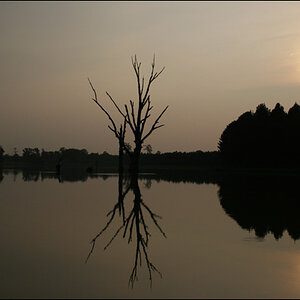
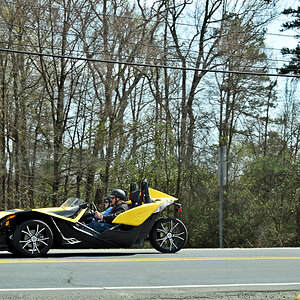
![[No title]](/data/xfmg/thumbnail/30/30881-c36788e79b12973b7bf57c94b46961e9.jpg?1619734495)
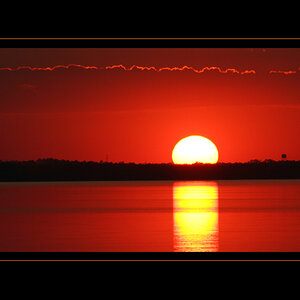

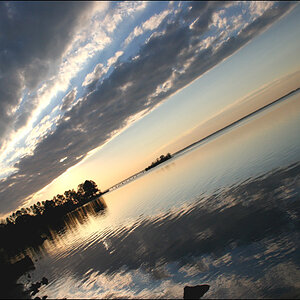
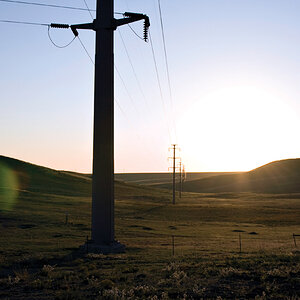
![[No title]](/data/xfmg/thumbnail/30/30882-ce388519574371448d7493784524607a.jpg?1619734495)
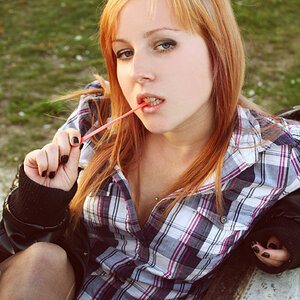
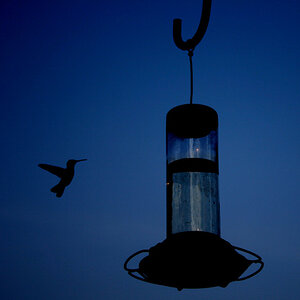
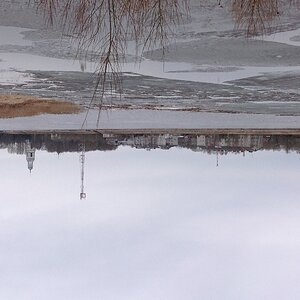
![[No title]](/data/xfmg/thumbnail/38/38735-2245cc1b04db3f96fa74095ae14558a6.jpg?1619738703)